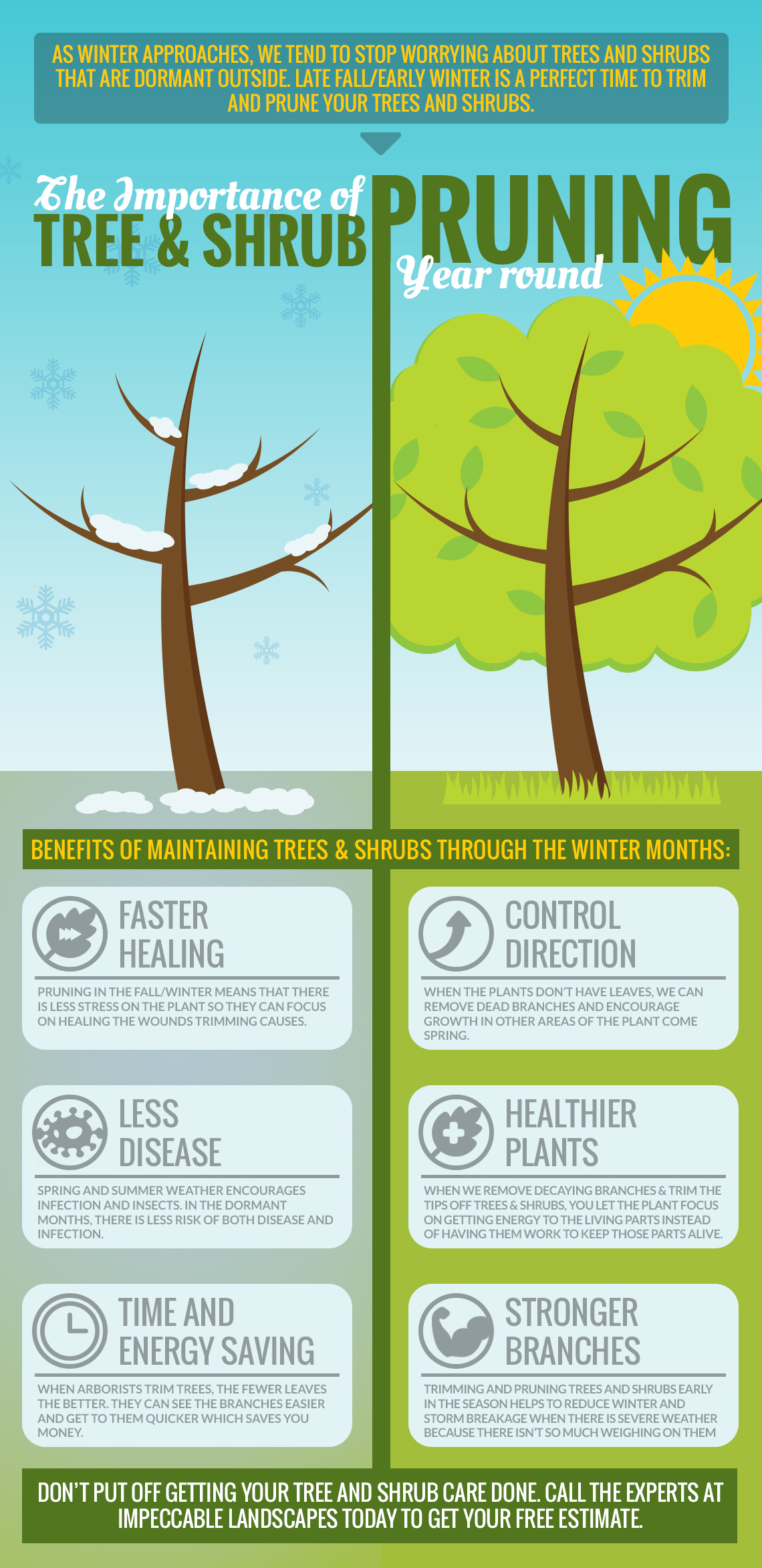Post-Tree Removal Treatment: Just How To Recover Your Landscape Properly
Post-Tree Removal Treatment: Just How To Recover Your Landscape Properly
Blog Article
Authored By-Franks Cho
After a tree's elimination, your landscape may look fairly various, and it's necessary to assess the results carefully. You'll want to examine the dirt disturbance and examine bordering plants for any kind of indications of stress and anxiety. Ignoring these factors can bring about larger problems down the line. So, what should you make with those stumps and origins? And exactly how do you choose the most effective plants for your rejuvenated room? Allow's check out these essential actions.
Examining the Results: Evaluating Your Landscape
After a tree removal, it's essential to examine your landscape to understand the influence it has on your backyard.
Beginning by examining the area where the tree stood. Try to find indicators of dirt disruption, and inspect the bordering plants for any kind of stress and anxiety or damages.
You must also remember of exactly how the elimination has transformed sunlight direct exposure and air movement in your garden. This change can impact the development of neighboring plants, so it's necessary to evaluate their health.
Consider the visual elements also; the removal may develop an open space that you can upgrade.
Lastly, think of any kind of prospective disintegration issues that may develop from the tree's absence. Resolving these elements early will help bring back balance to your landscape.
Managing Stumps and Origins: Options for Removal
When you have actually examined the consequences of the tree elimination, you'll likely need to take on the stump and origins left.
You have a couple of alternatives for elimination. One reliable method is stump grinding, where a specialist utilizes an equipment to grind the stump down to underground level. Fruit Tree Pruning leaves minimal disruption to your landscape.
If you prefer a do it yourself technique, you can make use of a mix of digging and chemical stump eliminators. Just keep in mind, this process can take time and effort.
Alternatively, take into consideration leaving the stump as a natural function, which can act as an unique garden aspect or habitat for wildlife.
Whatever you select, addressing the stump and roots is necessary for recovering your landscape.
Picking the Right Plants for Your New Room
As you examine your freshly removed area, picking the right plants can substantially enhance your landscape's charm and performance.
Beginning by taking into consideration the sunshine and dirt problems. For sunny locations, go with drought-resistant plants like lavender or succulents. In shaded areas, brushes and hostas thrive well.
Think of the dimension and growth behaviors of your plants; mix perennials and annuals for seasonal selection. Do not neglect to incorporate indigenous types; they call for less upkeep and support local wildlife.
Continue Reading in weird numbers for an extra all-natural look and produce layers for aesthetic deepness.
Finally, ensure you have a mix of colors and structures to keep your landscape vibrant throughout the periods.
Pleased planting!
Conclusion
To conclude, recovering your landscape after tree elimination is a fulfilling process. By assessing the aftermath, attending to stumps and roots, and choosing the right plants, you'll develop a growing environment. Do not neglect to integrate disintegration control actions to safeguard your soil. With a little effort and care, you can change your area into a dynamic garden that improves your residential or commercial property. Welcome the opportunity to renew your landscape and delight in the appeal of nature right in your backyard!
